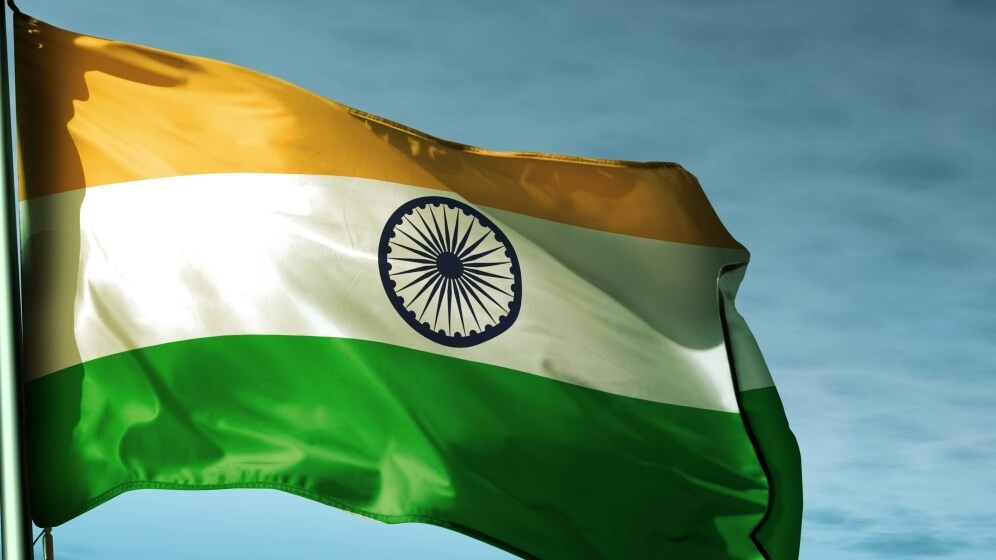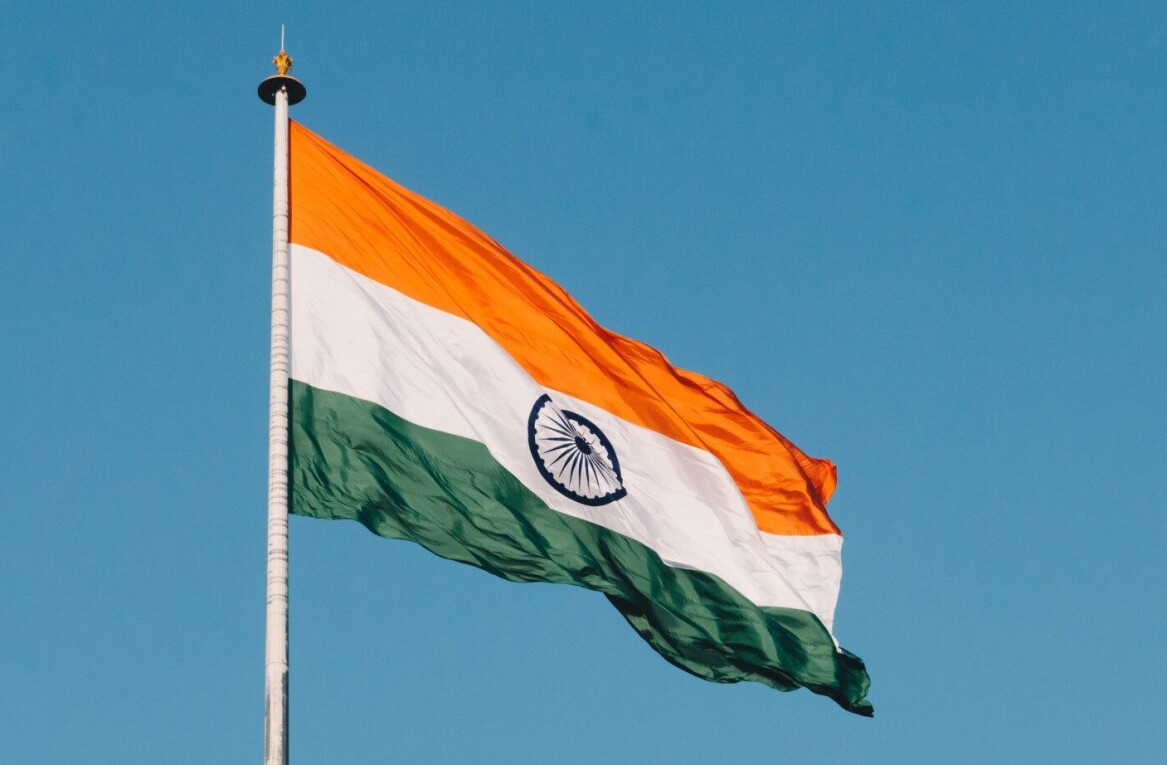
While net neutrality may have a secure future in the US, its fate in India will be decided upon soon.
The Telecom Regulatory Authority of India (TRAI) issued a 118-page long consultation paper [PDF] on the regulatory framework of over-the-top services (OTTS) like search engines, video platforms and social networks on March 27.
It says that OTTS rely on broadband and mobile service providers’ infrastructure to reach users, and compete not only with local online services, but brick-and-mortar businesses too. As in other countries, the debate is about how these services should be regulated, whether internet service providers should be allowed to prioritize traffic and charge for various kinds of content.
The paper invites citizens to voice their opinions on 20 questions based on the licensing of internet services in the country. You can respond to TRAI’s questions, listed below, by emailing advqos@trai.gov.in before April 24.
- Is it too early to establish a regulatory framework for OTT services, since internet penetration is still evolving, access speeds are generally low and there is limited coverage of high-speed broadband in the country? Or, should some beginning be made now with a regulatory framework that could be adapted to changes in the future?
- Should the OTT players offering communication services (voice, messaging and video call services) through applications (resident either in the country or outside) be brought under the licensing regime?
- Is the growth of OTT impacting the traditional revenue stream of telecom service providers (TSPs)? If so, is the increase in data revenues of the TSPs sufficient to compensate for this impact?
- Should the OTT players pay for use of the TSPs network over and above data charges paid by consumers? If yes, what pricing options can be adopted? Could such options include prices based on bandwidth consumption? Can prices be used as a means product/service differentiation?
- Do you agree that imbalances exist in the regulatory environment in the operation of OTT players? If so, what should be the framework to address these issues? How can the prevailing laws and regulations be applied to OTT players (who operate in the virtual world) and compliance enforced? What could be the impact on the economy?
- How should the security concerns be addressed with regard to OTT players providing communication services? What security conditions such as maintaining data records, logs etc. need to be mandated for such OTT players? And, how can compliance with these conditions be ensured if the applications of such OTT players reside outside the country?
- How should the OTT players offering app services ensure security, safety and privacy of the consumer? How should they ensure protection of consumer interest?
- In what manner can the proposals for a regulatory framework for OTTs in India draw from those of European Telecommunications Network Operators (ETNO)? What practices should be proscribed by regulatory fiat?
- What are your views on net-neutrality in the Indian context?
- What forms of discrimination or traffic management practices are reasonable and consistent with a pragmatic approach? What should or can be permitted?
- Should the TSPs be mandated to publish various traffic management techniques used for different OTT applications? Is this a sufficient condition to ensure transparency and a fair regulatory regime?
- How should a conducive and balanced environment be created such that TSPs are able to invest in network infrastructure and Content and Application Providers (CAPs) are able to innovate and grow? Who should bear the network upgradation costs?
- Should TSPs be allowed to implement non-price based discrimination of services? If so, under what circumstances are such practices acceptable? What restrictions, if any, need to be placed so that such measures are not abused? What measures should be adopted to ensure transparency to consumers?
- Is there a justification for allowing differential pricing for data access and OTT communication services? If so, what changes need to be brought about in the present tariff and regulatory framework for telecommunication services in the country?
- Should OTT communication service players be treated as Bulk User of Telecom Services (BuTS)? How should the framework be structured to prevent any discrimination and protect stakeholder interest?
- What framework should be adopted to encourage India-specific OTT apps?
- If the OTT communication service players are to be licensed, should they be categorised as Application Service Providers (ASP) or Communications Service Providers (CSP)? If so, what should be the framework?
- Is there a need to regulate subscription charges for OTT communication services?
- What steps should be taken by the Government for regulation of non-communication OTT players?
- Are there any other issues that have a bearing on the subject discussed?
It’ll be interesting to see how this pans out, given that the US just won its battle for net neutrality last month. Plus, TRAI is under pressure from the Cellular Operators Association of India (COAI), a telecom industry association that counts Google and Facebook among its members and is lobbying against net neutrality in the country.
We’ve contacted TRAI to find out more and will update this post when we hear back.
Image credit: Shutterstock
Read next: India wants to use more open-source software to build e-governance apps
Get the TNW newsletter
Get the most important tech news in your inbox each week.





